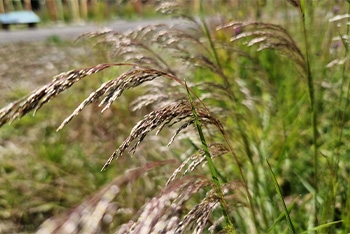More than meets the Rye
Getting to grips with grass ID in the Community Woodland
As part of the Silk Wood Community Planting Project, several volunteers & staff from the project, and across Westonbirt, were offered the chance to attend a one-day Field Studies Council course on identifying common grass species. This was a chance to gain some insight into what most people walking through a green space may overlook, thinking all they’re seeing is simply ‘grass’, as a single entity.
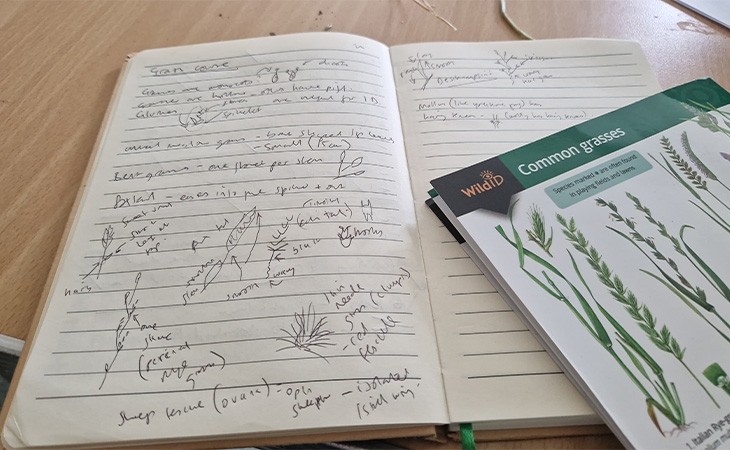
Our knowledgeable tutor John took us through the evolution of grass, how it differs from different plants, what the parts of the plant were called, and therefore what to focus on to identify them. This included what a lot of people might not necessarily notice – the beautiful array of flowers that grasses have.
They may not be as in your face as the other colourful plants you find in a meadow, but they certainly have their own qualities, all of which John demonstrated with his incredible macro photography of the flower-heads.

There were plenty of examples just outside the classroom for us to look at, from the slightly tatty looking sweet vernal-grass, the aptly named cock’s-foot (which certainly is reminiscent of a cockerel’s talon) and Yorkshire-fog – with its beautifully purple-tinged flowers and distinctly soft stem and leaves.
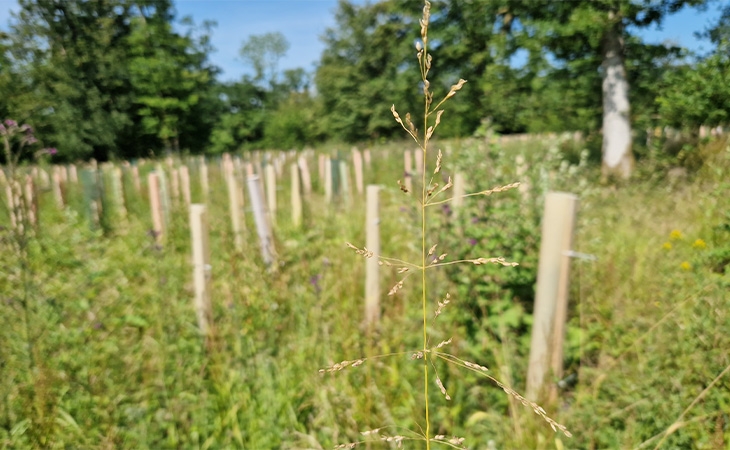
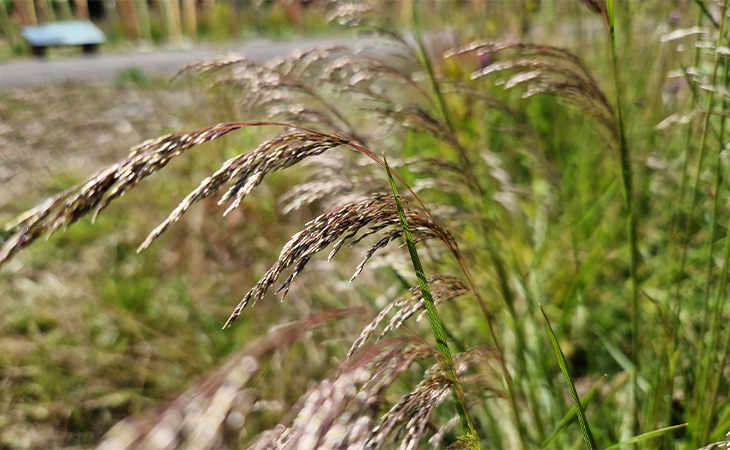
We examined our finds under hand-lenses, using the FSC ID sheet keys to work through the process of identifying them, looking at the glumes, florets, ligules, nodes and awns to see what species characteristics help narrow down what to look for on an unidentified grass.
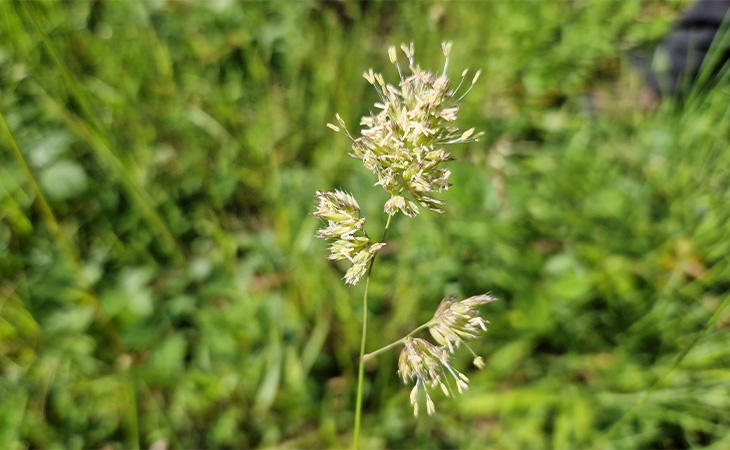
We then took a walk down towards the planting site – noticing some other species en-route, including quaking grass with its quivering flower heads on wavy stalks, various meadow-grass species, and some bromes with their dart-like spikelet’s.

John’s background is normally coastal vegetation, so imagine his surprise when we found a species mostly associated with the sea – hard-grass. These are stiff and wiry as an adaptation to the salty environment, to stop them dehydrating.
He wasn’t sure why it was found next to a path in an arboretum many miles from the coast, but it could have come through seed spread from visitors’ boots – a reminder of how easy it is for something to hitch-hike. That’s why taking steps to wash boots between visiting different sites is important to stop the spread of invasives, pests and diseases.
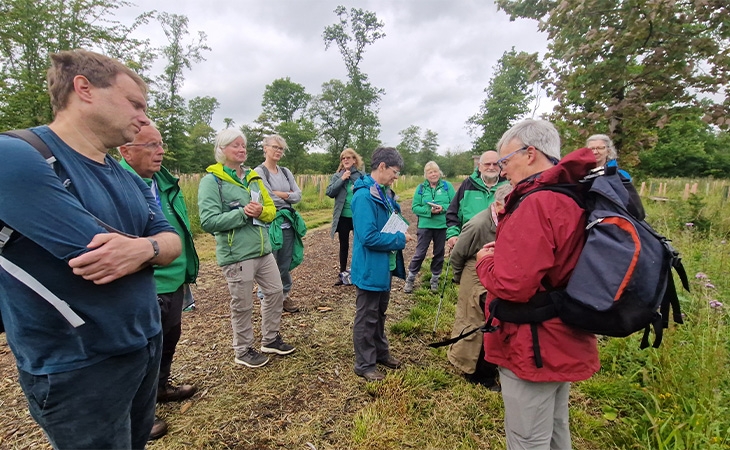
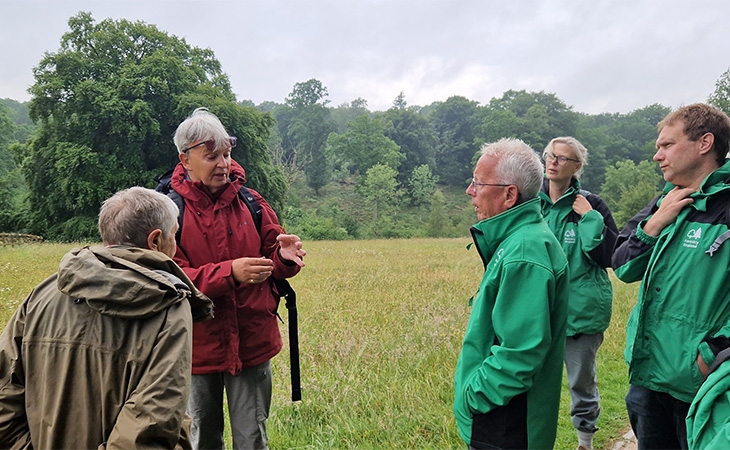
Down at the planting site, we found some other species, more unique to ancient woodland sites. These included wood millet – a tall grass with delicately light flowers; giant fescue – a big clump of grass with red-tinged ‘auricles’ which clasp around the stem where the leaf joins; and creeping soft-grass – which has hairy nodes.
John liked to remember this one by saying “Molly has hairy knees” based on the scientific name Holcus mollis, and that nodes are also known as knees. We also spotted tufted hair-grass, which if you run your finger down the very ribbed leaf one direction, it’s smooth, but the other way can be rough enough to cut your finger.
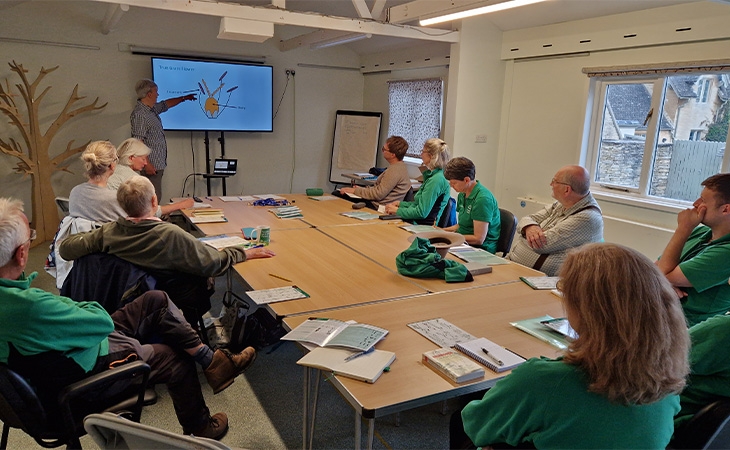
We finished the day just recapping our knowledge with a quick test, before heading home with much more confidence and appreciation for these often-overlooked plants. I’m sure I won’t be the only one whose nature walks will be enriched further – although they may now take longer!
